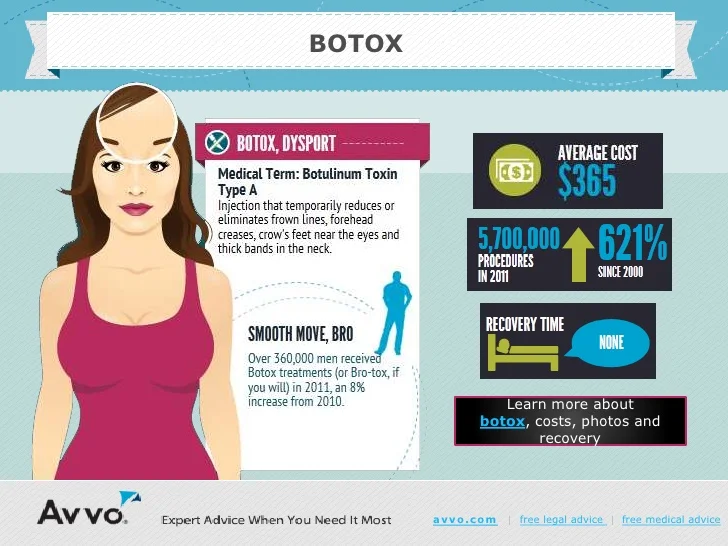Hormone acne is identified by stopped up pores and oily skin that usually appears on the chin and jawline. It takes place when hormonal changes cause swelling and bacterial overgrowth within hair roots.
Outbreaks might appear as whiteheads, blackheads, papules or pustules and cysts or blemishes in more severe cases. It is more common in teens going through puberty but can affect adults of any age.
What Causes Hormonal Acne?
While acne can be caused by a variety of factors, including using hair and skin care products that aren't oil-free or made with ingredients that could obstruct pores, hereditary proneness, diet regimen,2 and tension, the source is varying hormones. Hormonal acne takes place when the body experiences hormone adjustments and variations that bring about an overflow of sebum, which creates swelling, boosted growth of germs and changes in skin cell activity.
Hormonal acne is frequently found on the lower jawline, cheeks and neck but can show up anywhere on the body. It is identified by acnes that are cystic, agonizing and full of pus or various other material. It is also more likely to occur in females than males, specifically during adolescence, the menstrual cycle, pregnancy or menopause.
Age
While several children experience acne eventually during puberty, it can remain to torment grownups well into adulthood. Known as hormonal acne, this kind of outbreak is connected to fluctuations in hormones and is commonly most usual in ladies.
Hormonal acne occurs when oil glands generate way too much sebum, which blocks pores and traps dead skin cells. This leads to the development of acnes, such as whiteheads, blackheads and papules, pustules, cysts or nodules, deep under the surface.
This sort of acne frequently creates discomfort, inflammation and inflammation. It might additionally be intermittent and show up around the exact same time each month, such as right prior to your period starts. This is due to the fact that degrees of female hormones like progesterone and oestrogen rise and fall with each menstruation.
Menstrual Cycle
Hormone acne normally appears in the reduced part of your face, along the jawline and cheeks, as what is botox whiteheads, blackheads or inflammatory acnes (acnes and cysts). It's most likely to show up around the moment when your menstrual cycle adjustments.
Particularly around ovulation, when estrogen and progesterone levels get on the increase, hormone variations can trigger breakouts. Yet it's likewise possible to obtain acne at any type of point throughout your 28-day menstrual cycle.
If you see that your hormone acne flares up right prior to your period, attempt observing when exactly this takes place and see if it associates with the stages of your 28-day menstruation. This will aid you pinpoint the origin of your skin difficulties. For example, you might want to work with balancing your blood sugar level and eliminating high-sugar foods, or consider a prescription drug like spironolactone that can regulate your hormonal agents.
Pregnancy
Expanding a baby is a time of significant hormonal adjustments. For numerous women, this consists of a flare-up of hormonal acne. This kind of breakout usually begins in the initial trimester, around week six. It's brought on by hormonal agent surges that boost sweat glands to make more oil, which can block pores and cause even more bacteria to develop.
Breakouts might also happen as a result of pre-existing conditions like polycystic ovary disorder, which can also be a concern during pregnancy and menopause. Likewise, some types of contraceptive pill (such as Ortho Tri-Cyclen and YAZ) can trigger hormone acne in some females.
Luckily, the majority of acne treatments are "no-go" for expectant women (consisting of popular acne-fighting components such as isotretinoin and spironolactone). Yet if you can't stay clear of those irritating bumps, your medical professional may recommend dental erythromycin or cephalexin, which are safe while pregnant.
Menopause
As females approach menopause, the estrogen degrees that caused their hormone acne to flare throughout adolescence start to stabilize and reduce. At the same time, nonetheless, a spike in androgens (also referred to as male hormonal agents) occurs since these hormonal agents can't be converted into estrogen as properly as before.
The extra of androgens can cause oil production by the sebaceous glands, which obstructs pores. When the clogged pores ended up being swollen and irritated, a pimple types.
Hormone acne is generally seen on the face, especially around the chin and jawline, yet it can occur on the neck, back, shoulders, or breast. This kind of acne often tends to flare up in a cyclical pattern, comparable to the menstruation. Stress, which enhances cortisol and tosses hormonal agents out of equilibrium, additionally contributes to the breakouts.
